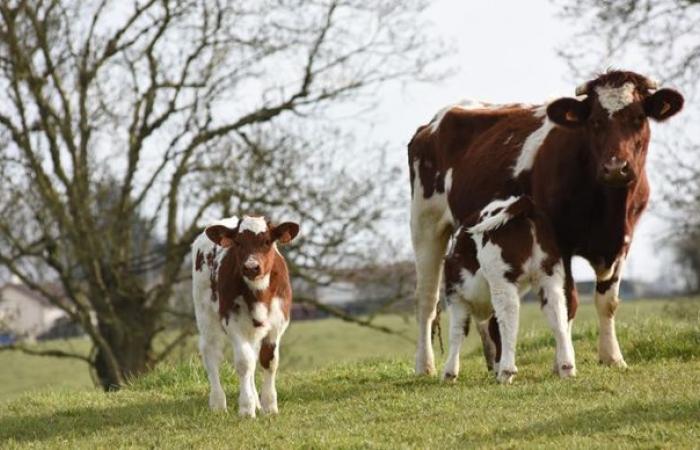The leading cause of mortality in calves before the age of one month, neonatal enteritis (or diarrhea) frequently affects cattle farms. They can be of viral origin (rotavirus, coronavirus), bacterial (colibacilli, salmonella, clostridia) or parasitic (coccidia, cryptosporidia). Even when they are cured, they risk weighing down the animal’s career for a long time, whether it is dairy, lactating or fattening.
A holistic approach to health
As part of a global approach to herd health, a set of good practices can be implemented to prevent or reduce these enteritis: suitable housing and environmental conditions, hygiene and biosecurity procedures, nutrition for mothers that meets their needs, limitation of stress, good colostrum management, etc.
Vaccination is part of this. As enteritis affects animals whose immune system is incomplete, because the calf is born without antibodies, the vaccination approach consists of vaccinating mothers at the end of gestation (12 to 3 weeks before term). Their colostrum will thus be enriched in immunoglobulins directed against enteritis agents. Provided that colostral transfer is carried out early after calving and in sufficient quantity, the calves will be protected by their mothers’ antibodies.
Evaluate the level of protection: understand the concept of indication
This protection, however, depends on the vaccine used: it can be partial or total. In veterinary medicine, this level of protection is reflected by the concept of indication. This concept is regulated at the European level and it is the European Medicines Agency which determines it, on the basis of clinical trials and files transmitted to it.
Vaccines can have three indications: prevention, reduction or active immunization. “ Prevention » means that the vaccine provides 100% protection (in clinical trials) against the disease or its symptoms. “ Reduction » means that the vaccine reduces virus shedding and/or clinical signs. “ Immunisation active » proves that the vaccine induces an immune response directed against the pathogen.
To date, 54 vaccines have a marketing authorization (MA) for cattle in France (all diseases combined, source Anses 2024). Of these, 18 have an active immunization indication and 28 a reduction indication. The prevention indication, the highest level of protection, is the rarest, because it only concerns 8 specialties. Good news for breeders (and for calves): among these 8 vaccines, we find a vaccine against neonatal enteritis.
(1) The indications for vaccines can be consulted freely on the index of veterinary medicinal products authorized in France (www.ircp.anmv.anses.fr) in the SPC tab (summary of product characteristics).






